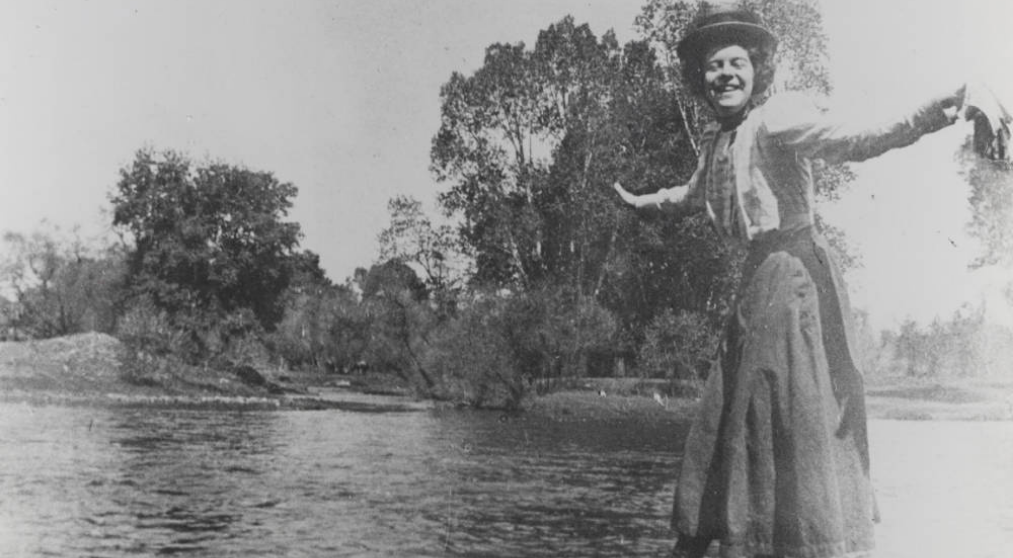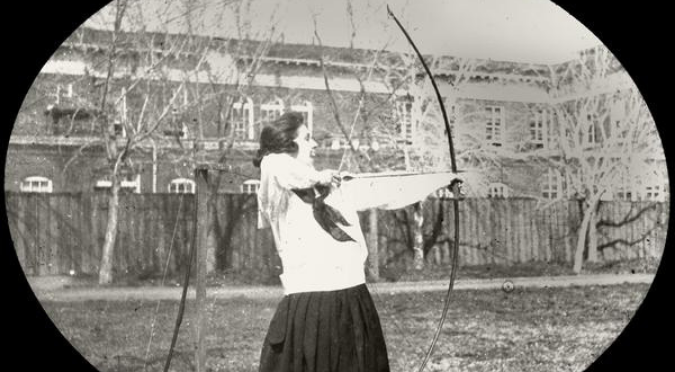March is Women’s History Month, and we’ve partnered with our friends at Museum of Boulder to feature the famous Boulderite Martha Maxwell. Martha was a 19th-century hunter, taxidermist and feminist. Born in Pennsylvania in 1831, she learned the art of taxidermy during a brief stint in Wisconsin before settling in Colorado. Here, she trekked into the Rocky Mountains, gun in hand, to hunt animals that would become part of her taxidermy collection.
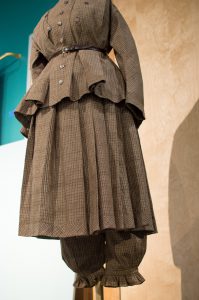
On her hunting trips, Martha often wore a “bloomer suit,” a three-piece outfit consisting of a cotton and linen jacket, knee-length skirt and bloomers. Martha’s outfit was very similar in style to the suits worn by Amelia Bloomer (bloomers’ namesake) and other feminists in the mid-1800s. Nineteenth-century feminists promoted these outfits because they were more convenient than standard Victorian corsets and long skirts. On hunting trips, bloomers and short skirts gave Martha the freedom to trek up mountainsides and even climb trees in pursuit of various animals.
But Martha’s outfit was not the only expression of her feminism. She once wrote that her taxidermy was “an effort to prove the words spoken by more gifted women” (Maxine Benson, Martha Maxwell, Rocky Mountain Naturalist, 118). She also dreamed of building “a temple of science that shall be a credit to our sex” (Benson, 118), and this dream came to fruition when she opened a museum in Boulder in the early 1870s at the corner of Pearl and Broadway. The museum was full of dioramas very similar to what is found in museums today. Martha was a pioneer in posing animals naturally and placing them in re-creations of their natural habitats.
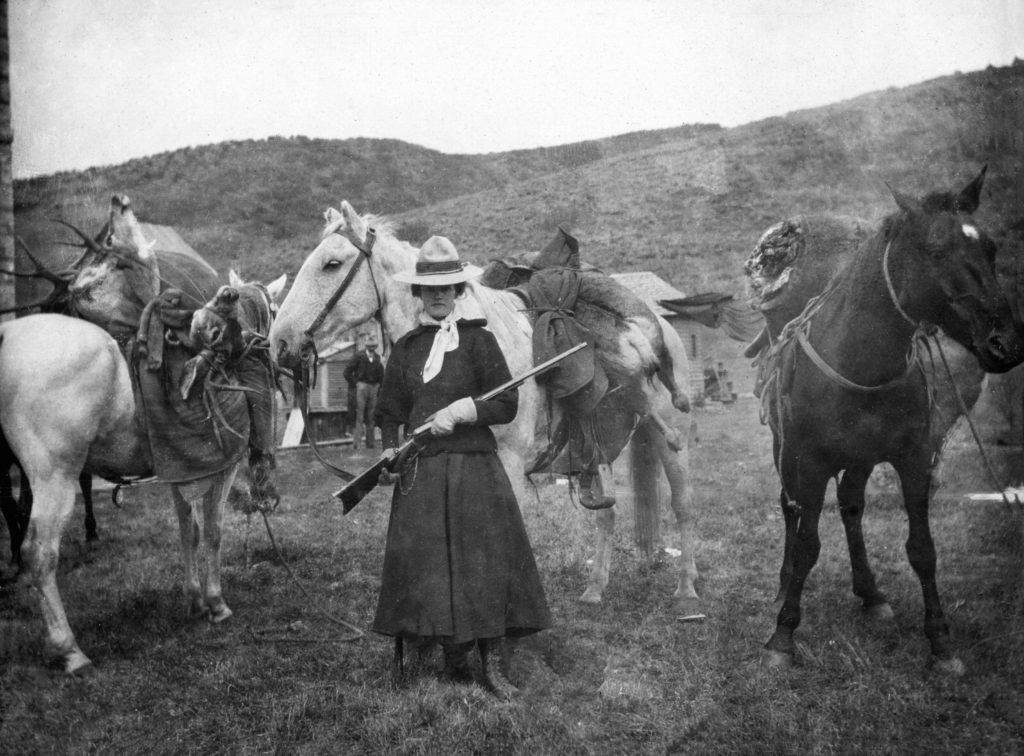
Photo courtesy of the Carnegie Library for Local History / Museum of Boulder Collection
Martha’s pioneering taxidermy was so popular that she was invited to create a display for the 1876 Centennial Exhibition in Philadelphia. While her displays were popular among visitors and some reporters lauded Martha and her work, others insulted her appearance and her choice to focus on taxidermy rather than home life. Many visitors didn’t even believe that a woman created the displays, so Martha was forced to put up a sign reading, “Woman’s Work.”
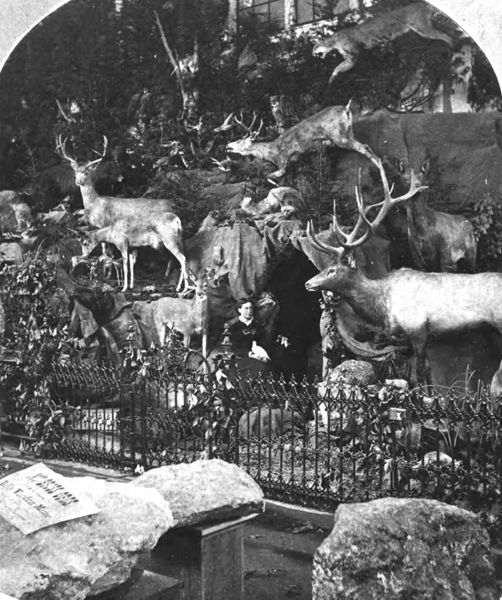
Unfortunately for Martha, success at the Exhibition did not translate to success at her museum. Even after the museum moved to Denver in 1875, it was still not profitable, and Martha died poor just six years later. Still, her life proved to the world that women’s work is equal to men’s, and Martha succeeded in her mission “to prove the words” of her fellow feminists.
Learn more about important people in Boulder’s history by visiting the Museum of Boulder. Check their website and social media channels for upcoming exhibits and events.
